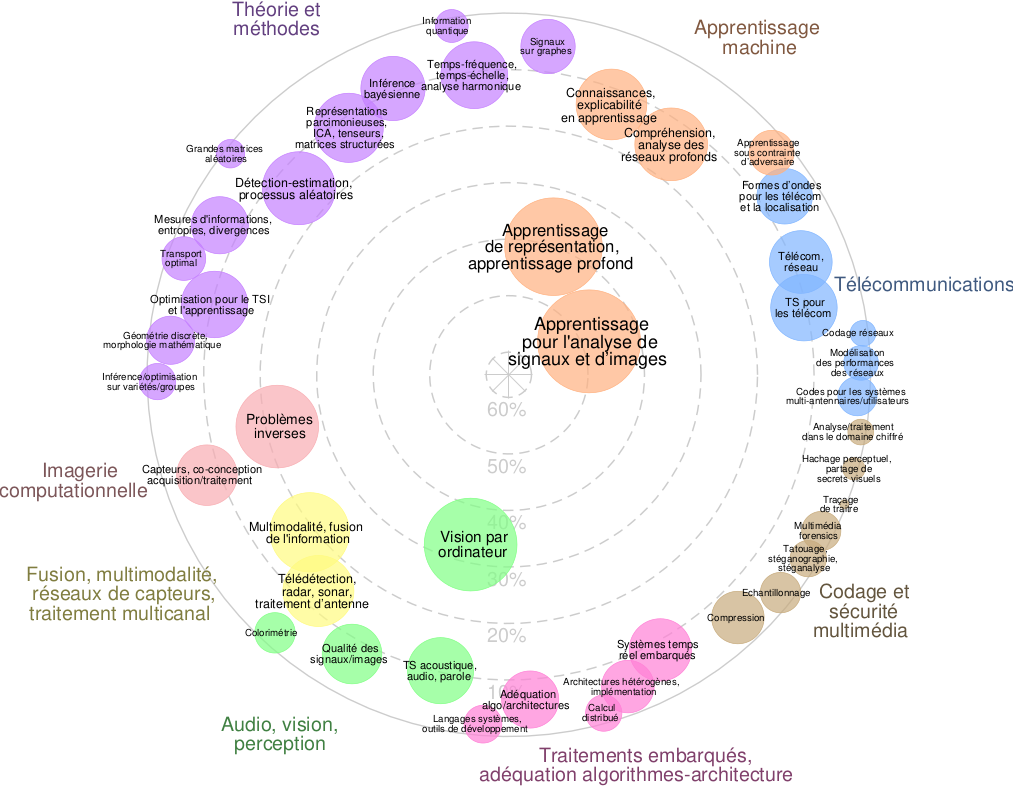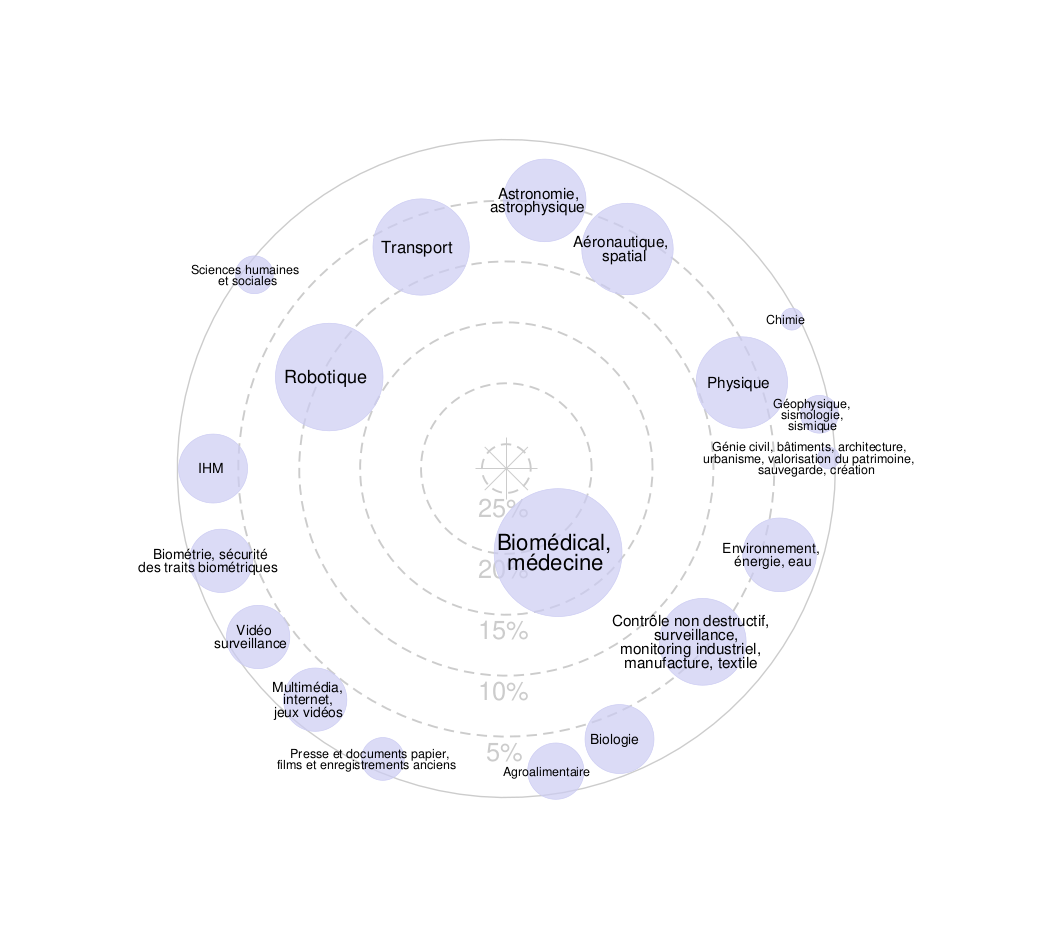Keywords: geometric deep learning, human modeling
Hosting institution:
ICube Laboratory (The Engineering science, computer science and imaging laboratory) at the University of Strasbourg is a leading research center in Computer Science, with more than 300 permanent researchers, with the recently opened AI graduate school supported by the French government.
Work place:
The thesis work will take place in the MLMS (Machine Learning, Modeling & Simulation) research team of the ICube laboratory (The Engineering science, computer science and imaging laboratory) of the University of Strasbourg, a leading research center with more than 300 permanent researchers. The workplace is located on the hospital site of the laboratory, a 10-minute walk from the heart of downtown Strasbourg, listed as a UNESCO World Heritage Site.
Supervisors:
Hyewon Seo (ICube, Univ. Strasbourg), Frederic Cordier (Univ. Haut-Alsace), Cédric Bobenrieth (ICAM Strasbourg-Europe)
Description:
Geometric learning has emerged as a powerful approach to processing and analyzing complex 3D data, with significant applications in scene reconstruction, semantic understanding, shape generation, and motion analysis.
By leveraging deep learning techniques on geometric structures such as point clouds, meshes, and implicit surfaces, these methods enable accurate shape estimation, pose recognition, and deformation modelling. Such advances are particularly beneficial in human modelling, where high-fidelity and adaptable representations of 3D human shape and motion are essential. This work explores recent progress in geometric learning, aiming at advancing its role in enhancing the realism, robustness, and efficiency of human modelling.
In this study, we aim to tackle the challenging problem of 3D and 4D (3D+time) geometry learning in the context of 3D human modelling. We will deploy recent advancements in geometry deep learning [1-3] and overcome the current limitation by developing novel methods for efficiently representing and learning static and dynamic human shapes and motions. This will enable the reconstruction and generation of high-fidelity human models that are both visually coherent and adaptable to various applications, such as virtual reality, and human-computer interaction.
Geometric learning has emerged as a powerful approach to processing and analyzing complex 3D data, with significant applications in scene reconstruction, semantic understanding, shape generation, and motion analysis. By leveraging deep learning techniques on geometric structures such as point clouds, meshes, and implicit surfaces, these methods enable accurate shape estimation, pose recognition, and deformation modelling. Such advances are particularly beneficial in human modelling, where high-fidelity and adaptable representations of 3D human shape and motion are essential. This work explores recent progress in geometric learning, aiming at advancing its role in enhancing the realism, robustness, and efficiency of human modelling.
Candidate profile:
− Master student in Computer Science, Electronic & Electrical Engineering, or Applied Mathematics
− Solid programming skills
− Proficiency in Deep Learning techniques
− Background in Geometric Modeling and Statistics is a plus
− Good communication skills
Application: Send your CV, academic transcripts (Bachelor and Master) to seo@unistra.fr before the 15th of May included.
Bibliography
1. Qi, C.R., Yi, L., Su, H., Guibas, L.J., “PointNet++: Deep Hierarchical Feature Learning on Point Sets in a Metric Space”, In Advances in Neural Information Processing Systems (pp. 5099-5108), https://doi.org/10.1145/3507905, 2017.
2. Sharp N., Attaiki S., Crane K., Ovsjanikov M, “DiffusionNet: Discretization Agnostic Learning on Surfaces”, ACM Trans. Graph. Vol. 41, No. 3, Article 27, 16 pages. https://doi.org/10.1145/3507905, 2022.
3. Feng Y., Feng Y., You H., Zhao X., Gao Y., “MeshNet: Mesh Neural Network for 3D Shape Representation”, In Proc. AAAI Conference on Artificial Intelligence and Thirty-First Innovative Applications of Artificial Intelligence Conference and Ninth AAAI Symposium on Educational Advances in Artificial Intelligence (AAAI’19/IAAI’19/EAAI’19), Vol. 33. AAAI Press, Article 1015, 8279–8286. https://doi.org/10.1609/aaai.v33i01.33018279, 2019.
4. Galmiche P., Seo H., “Groupwise Shape Correspondence Refinement with a Region of Interest Focus”, Computer Graphics Forum (Proc. Pacific Graphics), Vol.42, No.7, https://doi.org/10.1111/cgf.14934,2023, 2024
5. Xue K., Seo H., “Shape Conditioned Human Motion Generation with Diffusion Model”, https://arxiv.org/abs/2405.06778, to appear, Computer Graphics Forum (Proc. Eurographics), 2025.
6. Zou K., Faisan S., Yu, Valette S., and Seo H., 2024. “4D Facial Expression Diffusion Model”, ACM Trans. Multimedia Computing, Communication and Applications, Vol. 21, No. 1, Article 7 (January 2025), 23 pages. https://doi.org/10.1145/3653455, 2025.
7. Zou K., Yu B., Seo H., “3D Facial Expression Generator Based on Transformer VAE”, IEEE Int’l Conf. on Image Processing, Kuala Lumpur, Malaysia, 2023.
8. Seo H., Zou K., Cordier F., “DSNet: Dynamic skin deformation prediction by Recurrent Neural Network”, Lecture Notes in Computer Science Vol. 13002 (Proc. Computer Graphics International), Springer, pp. 365-377, 2021.





